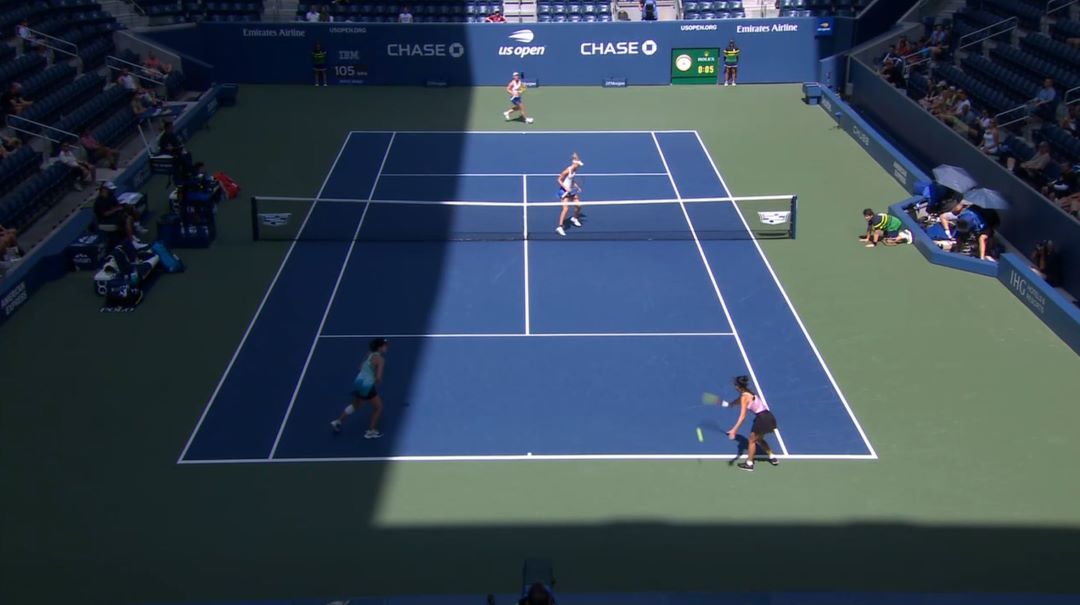This weekend, we are exploring creative approaches for people who feel “stuck” in tennis. Yesterday, we tackled the topic strictly through the lens of performance improvement. However, there is another significant way the sport can stagnate for some people. What do you do if tennis just isn’t as fun as it used to be or feels like an obligation rather than a joy? Today, we are dealing with people who are “stuck in a rut” in tennis.
“Stuck in a rut” is a colloquialism that is common in Texas. The phrase likely originates from the literal definition of a rut, which refers to a track or groove worn into a road by the passage of wheels over time. Figuratively, being “stuck in a rut” implies being trapped in a repetitive pattern of behavior or thought, akin to being unable to escape from a deep groove or track. It is typically associated with a feeling of constraint or confinement by habit or circumstance. People who are “stuck in a rut” are unable to break free to a different pattern of behavior.
There are many ways tennis players can get stuck in a rut. A player who doesn’t spend time investing in their arsenal of shots, strategies, and tactics will experience performance plateaus based on the limitations of their skill set. Alternatively, the “blahs” might set in for someone who regularly plays tennis, but their time spent on the court fails to spark enjoyment.
It is sometimes tempting to assume the best way to get out of a rut is to add a new form of tennis engagement to the mix. However, it is also possible the root problem is a lack of time flexibility and an overly packed calendar. Consequently, one of the best and most overlooked ways to overcome a monotonous routine is addition by subtraction. A player in a rut should scrub their calendar and to-do list for opportunities that are good candidates for elimination.
The happiness journal, which has been recommended throughout this “Design Your Tennis Life” series of posts, is a great resource for identifying recurring activities that don’t spark enjoyment. Anything that regularly clocks in as an emotional negative is a prime candidate for something to stop doing. It is also a great resource for identifying the forms of tennis where you experience the most joy. That may point to opportunities to rebalance your engagement to similar activities.
Another great approach to getting out of the rut is to make adjustments. For example, you can adjust your mindset or modify a problematic activity. On the mindset front, time spent playing tennis with friends who aren’t at the same competitive level could be framed as a purely social engagement. That might eliminate tennis-specific frustration. Alternatively, in that same situation, you might suggest substituting drills and cooperative play rather than defaulting to lopsided practice sets.
It is important to remember that if you are “stuck in a rut” with tennis, it isn’t permanent. Your passion and enjoyment for the sport can be reignited through creative strategies and perhaps by making a few schedule or mindset adjustments. You can break free from the sense of being “stuck” using design-oriented thinking along with an attitude of experimentation and exploration. Your tennis journey is yours to design.
Throughout 2024, I am publishing a series of essays imaging how to apply the principles in ‘Designing Your Life: How to Build a Well-Lived, Joyful Life‘ (<- sponsored link), which is a non-tennis book that I have come to believe that everyone should read.
A chronological summary of all posts on this topic is available on the Designing Your Tennis Life summary page.




